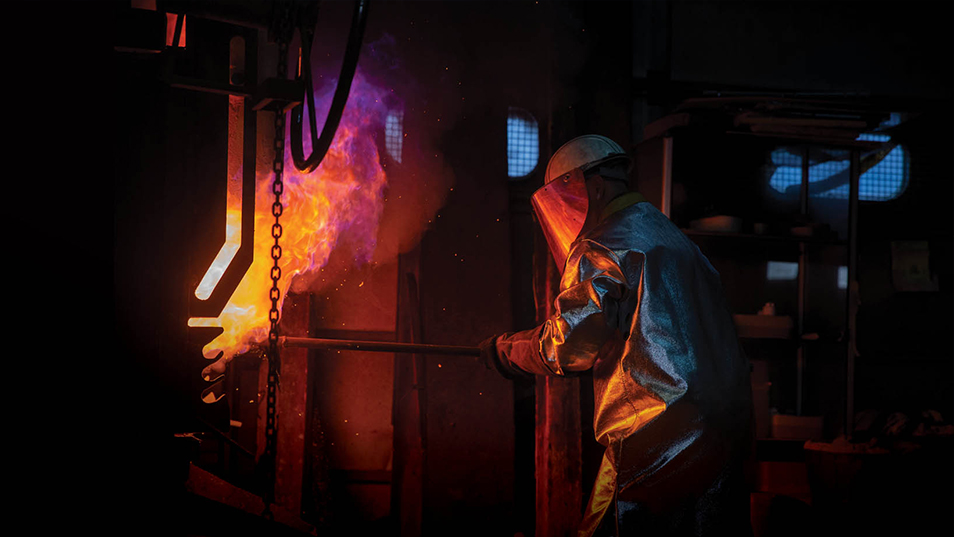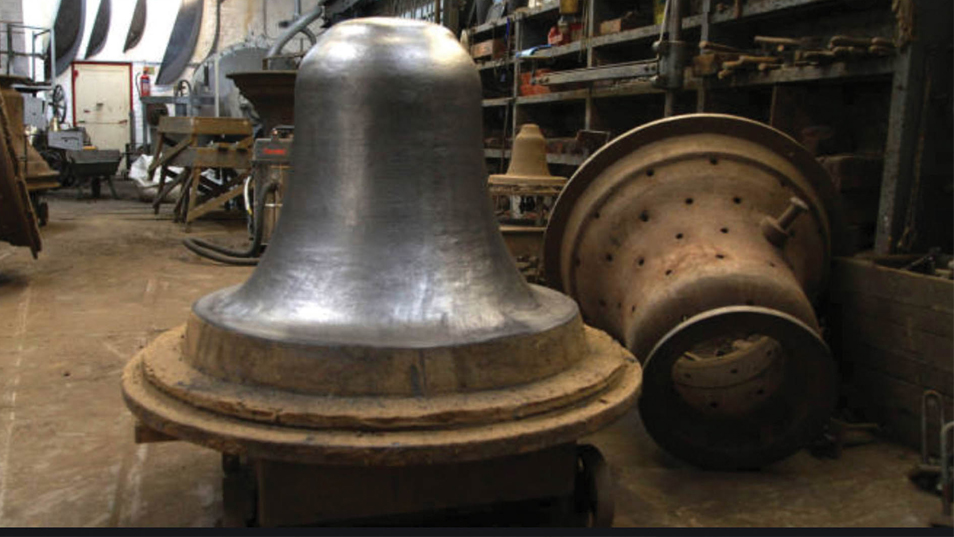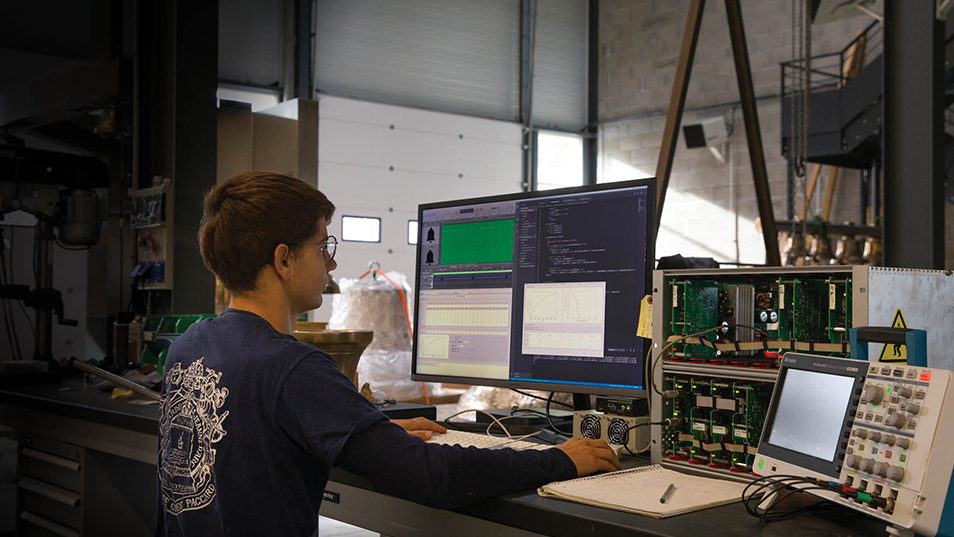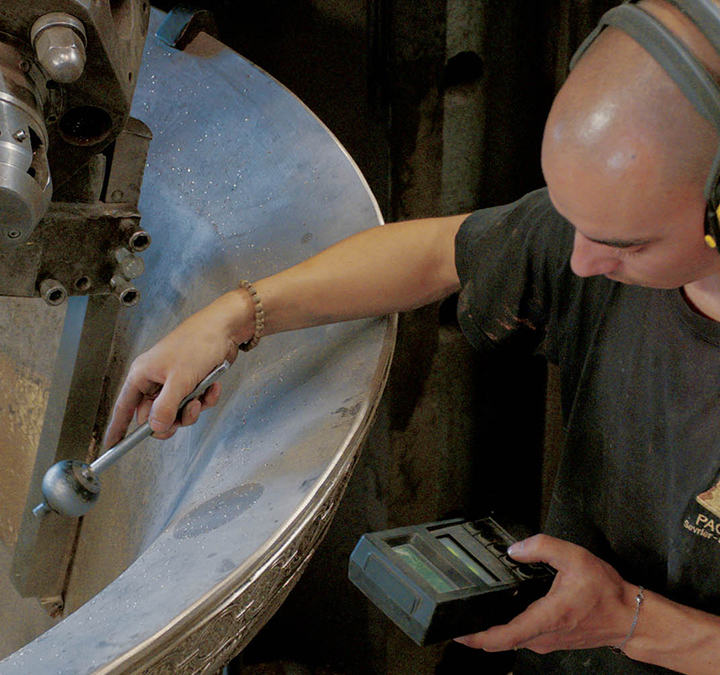
The Ars Sonora Marries Centuries-Old Traditions with State-of-the-Art Technologies

The Ars Sonora’s bells are being manufactured at the Paccard Bell Foundry.
The Stradivarius of Bells

Once the bells have been tuned, the dynamic strikers are carefully programmed with state-of-the-art software. The calibration of each striker allows musicians to play the bells at great speed and gives each note its full dynamic range.
Paccard bells, as a result of their unique profile, exacting bronze metal mixture and tuning perfection, are considered to be the “Bell Stradivarius.”
Each bell is individually designed to play a specific note: A tuner precisely adjusts the bell’s harmonics by etching the interior of the bell, reducing its thickness ever so slightly to achieve musical perfection.
The Paccard tuning method requires precision and patience, as the tuner must continuously pause in the etching process to test the bell’s harmonics. This artisanal process has been in use for more than two centuries and creates the exacting musical quality for which Paccard bells are known.

Each bell is individually designed to play a specific note.

